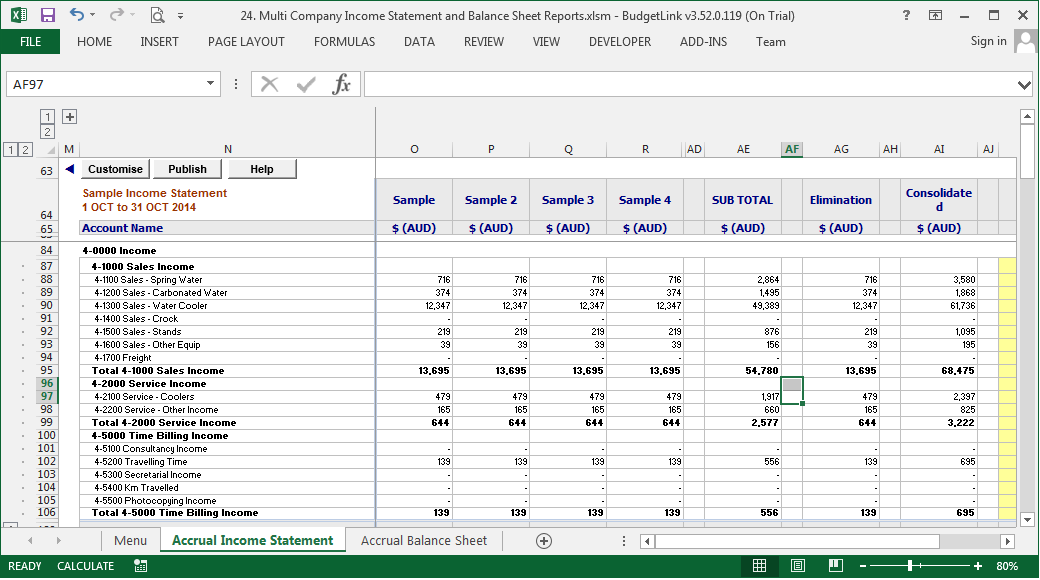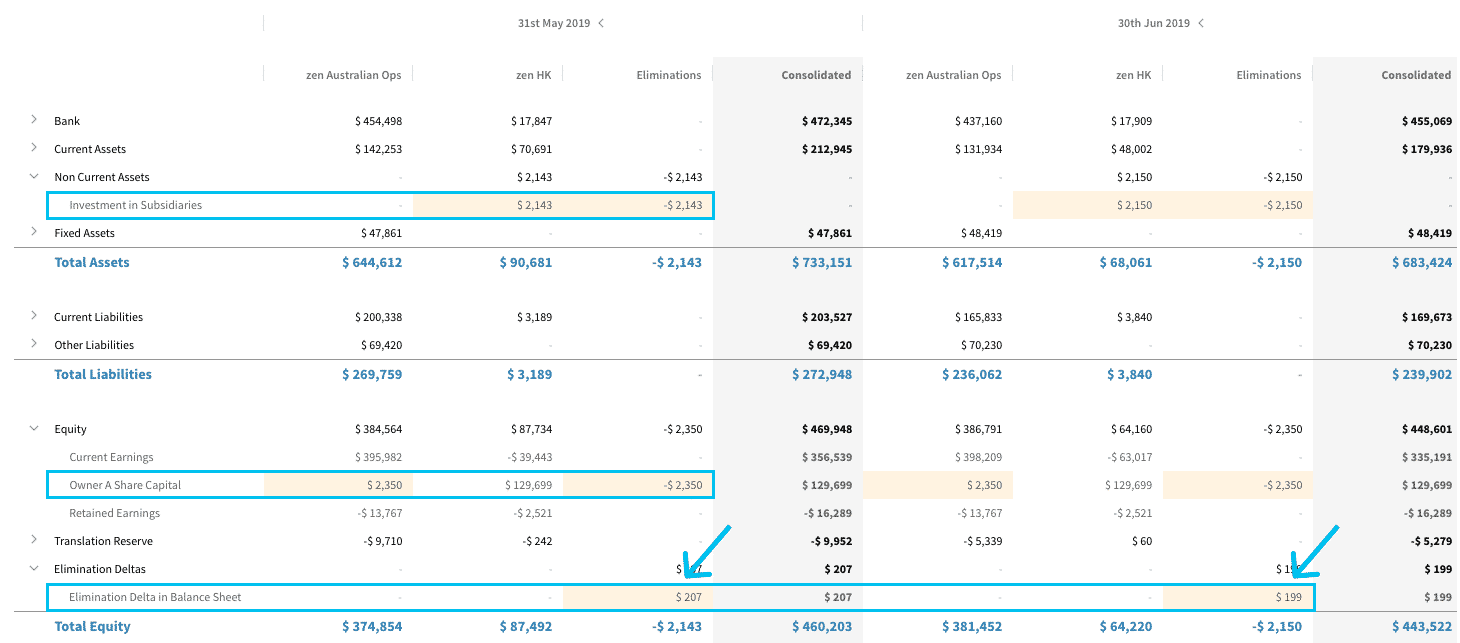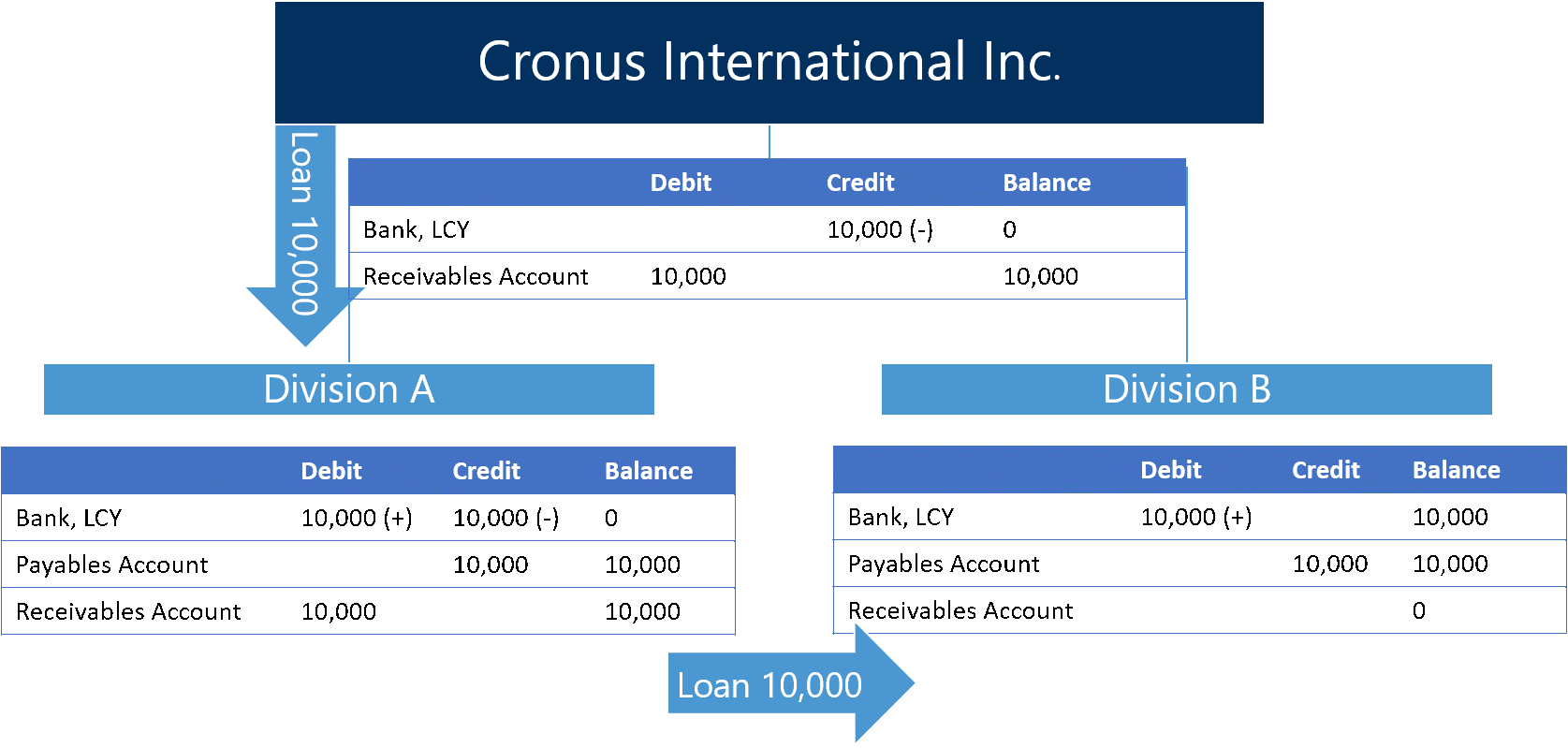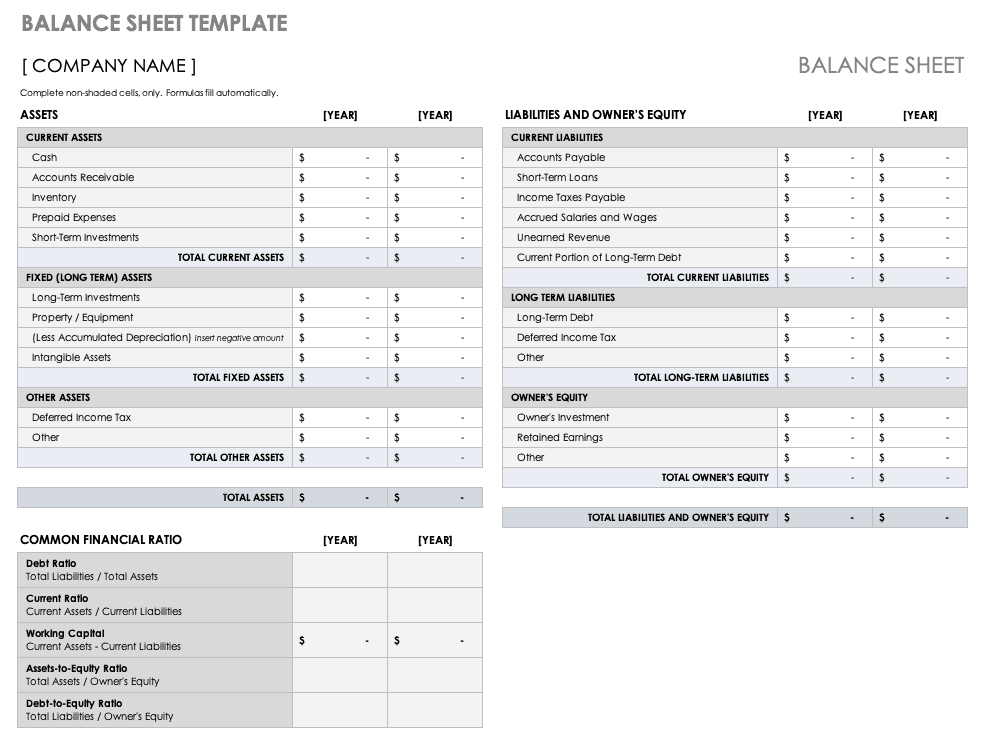Brilliant Info About Intercompany Accounts On Balance Sheet

If this step isn’t performed properly, it can inflate your data.
Intercompany accounts on balance sheet. Refer to for a discussion of the tax. The intercompany reconciliation process typically follows these steps: They are two main types of intercompany transactions to be identified.
Not adjusting intercompany transactions results in. As fixed assets age, they begin to lose their value.
Intercompany accounting is a set of procedures used by a parent company to eliminate transactions occurring between its subsidiaries. Companies that have transactions with other companies in the same group, report intercompany balances. Intercompany transactions are transactions that happen between two entities of the same company.
There’s a corresponding amount in. The objective of intercompany accounting is to strip away the financial impact of internal transactions — financial interactions between related entities within the same parent company — to yield financial statements that only reflect activity with independent third parties. First, you must create the intercompany main accounts to use for the due to and due from accounting entries.
Need inter company accounts between separate companies. Handling intercompany transactions can be a complex process, but you can categorize transactions by type, develop standard processes, automate transaction. Intercompany accounting (ica) refers to the processing and accounting for internal financial activities and events that impact multiple legal entities within a company.
Need directions to set up correctly. Intercompany balances denominated in a currency other than the functional currency of the parties to the transaction create foreign currency gains and. It's a good idea to use unique main accounts for.
Intercompany reconciliation is the internal accounting process wherein financial data and transactions between subsidiaries, divisions, or entities within a larger. The analysis of the intercompany accounts has taken the form of a listing of transactions (e.g., the allocation of costs to the subsidiary, intercompany purchases,. Not sure if the account would be an asset account.










.png)






